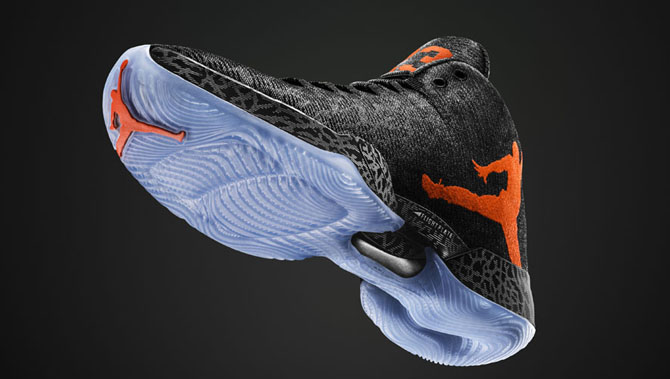
words // Zac Dubasik
There was a time in the not-so-distant past where Jordan Brand wasn’t exactly innovating on the technology front. The Air Jordan 2010, while being a terrific performer, is mostly remembered for it’s clear midfoot window. The Air Jordan 2011 introduced modularity to the line, which worked well, but at the end of the day, simply offered two different existing cushioning options (Zoom and Air), which you probably only used one of anyway. And then there was the Air Jordan 2012, which was the first Game shoe to utilize Flywire – a full four years after it was introduced to baskatball via the Nike Hyperdunk.
That’s not to say any of these shoes were bad performers. In fact, each one was one of the best of the respective years in which they were released. Innovation, just for the sake of innovation – for marketing purposes, rather than actually providing solutions – is no good when it comes to performance hoops. I’ll take the solid, if underwhelming, Air Jordan 2010, over something filled with gimmicks any day. But when an Air Jordan is “just another good shoe,” it still feels a little disappointing.
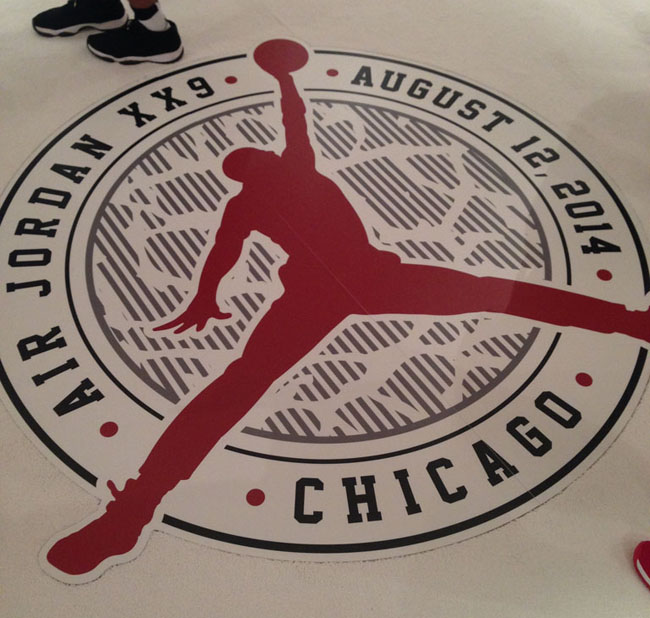 And that’s exactly why the Air Jordan XX8 was such a revelation. Not only was it shocking aesthetically, it brought new performance technology to the game, and effectively ended standard Zoom Air’s almost 20-year reign as the benchmark. Flight Plate was a Jordan Brand-developed technology, debuting on an Air Jordan, and immediately became the gold standard for what cushioning could be in a hoops shoe. The XX8 finally delivered that excitement that had gone missing for a few years.
And that’s exactly why the Air Jordan XX8 was such a revelation. Not only was it shocking aesthetically, it brought new performance technology to the game, and effectively ended standard Zoom Air’s almost 20-year reign as the benchmark. Flight Plate was a Jordan Brand-developed technology, debuting on an Air Jordan, and immediately became the gold standard for what cushioning could be in a hoops shoe. The XX8 finally delivered that excitement that had gone missing for a few years.
The success of the Air Jordan XX8, both in terms of its actual performance, and in what it represented to the line, leaves that shoe’s successor, the XX9, with high expectations. Could a second straight model not only maintain that high level of performance, but even more it forward? To help answer that question, Jordan Brand invited a select group of media to Chicago for an opportunity to be among the first to play in the Air Jordan XX9.
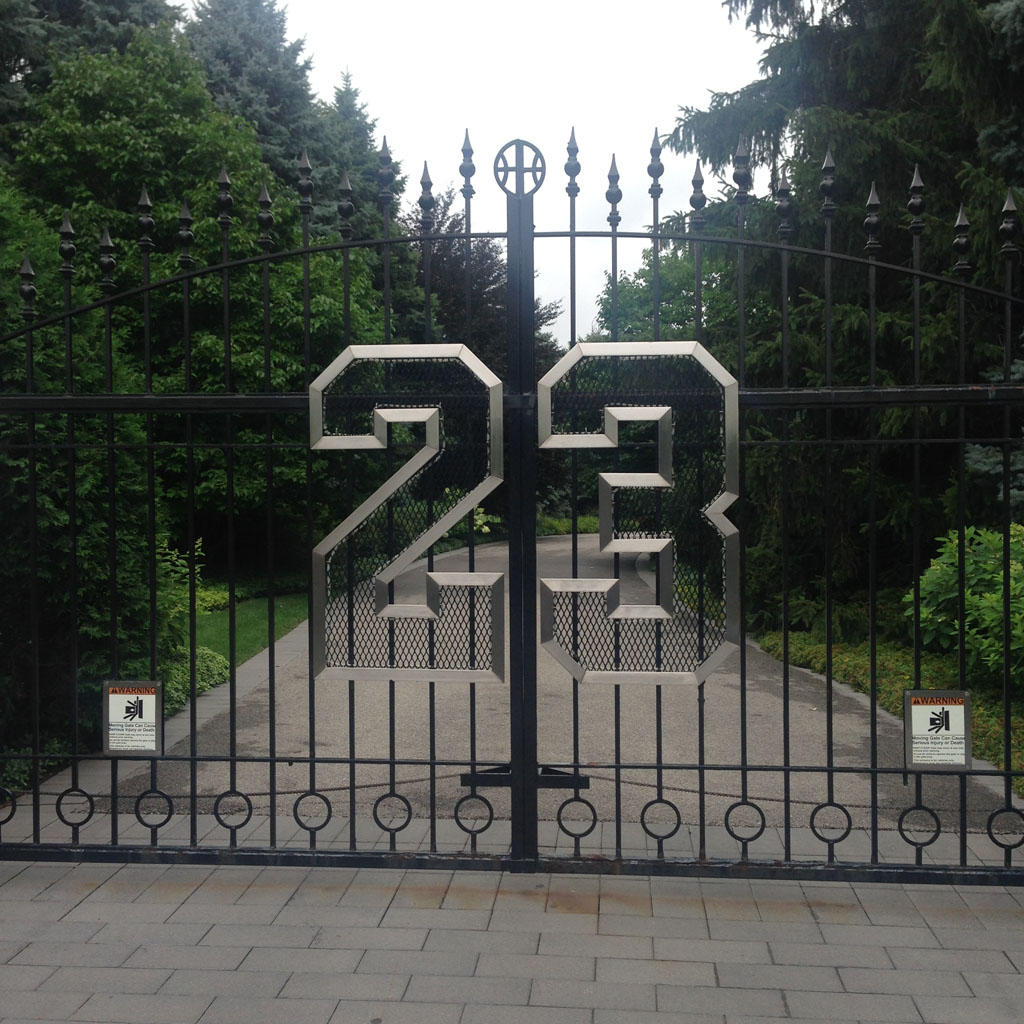 The run was held in one of the greatest basketball venues in Chicago history. No, not the United Center. Not Simeon Career Academy. But MJ’s personal court, at his Highland Park home, which is currently on the market. This is the same court that MJ famously prepared himself on for his 1994 comeback. While we weren’t told the location of the court we’d be playing on beforehand, following a 40-minute drive north of Chicago, there were no doubts after pulling in, and seeing the famous “23” gate. Over the course of the next few hours, three teams of five – drafted the night before – faced off in a series of full-court runs.
The run was held in one of the greatest basketball venues in Chicago history. No, not the United Center. Not Simeon Career Academy. But MJ’s personal court, at his Highland Park home, which is currently on the market. This is the same court that MJ famously prepared himself on for his 1994 comeback. While we weren’t told the location of the court we’d be playing on beforehand, following a 40-minute drive north of Chicago, there were no doubts after pulling in, and seeing the famous “23” gate. Over the course of the next few hours, three teams of five – drafted the night before – faced off in a series of full-court runs.
In the three weeks since, I've run 10-12 more times in the shoe, and my first impressions largely held true. Check out a performance breakdown below.
Weight:
The Air Jordan XX9 weighs in at 12.75 ounces, which makes it officially the lightest Air Jordan of all time, and 8% lighter than its predecessor. The shoe feels noticeably light, if a bit bottom heavy. The upper is extremely light, which means the majority if the weight is under the foot. But the good news is that thanks to a silky smooth transition, the shoe feels even lighter than it’s good-but-not-groundbreaking-weight would imply. One of the major changes from the XX8 to the XX9 was a tendril added to connect the heel and forefoot sections of the outsole, which was a done to improve transition. While I personally loved the transition of the XX8, I find the XX9’s to be just as smooth.
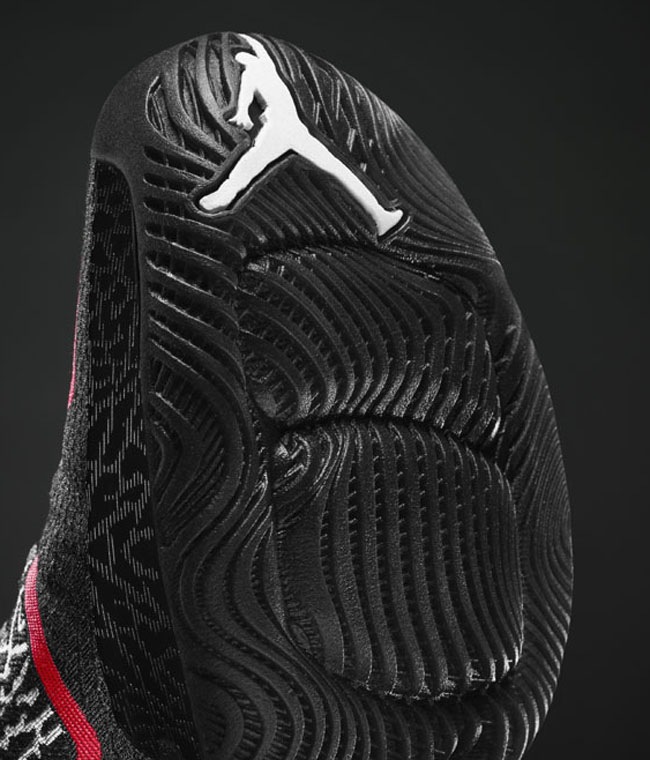 Cushioning:
Cushioning:
Flight Plate is back on the XX9, with some slight alterations. For those new to Flight Plate, it’s a plate that sits on top of a Zoom bag, which enhances the cushioning by distributing the force over the entire bag, rather than a localized area.
The biggest change you’ll notice visually with the cushioning is that the side-by-side Zoom bags have been rotated. Rather than having the small bag on the lateral side, and large bag on the medial, they’ve been moved 90 degrees clockwise, so that now the large bag sits at the ball of the feet, and the small bag closer to the toes. The forefoot cushioning isn’t quite as perceivably responsive as it was in the XX8, but still outstanding, and much better than Zoom alone. It's a slight disappointment, but still the best currently available, and in theory, should lead to greater durability.
As for heel cushioning, the Zoom of the XX8 has been replaced by foam in the XX9. While that may seem like a step backward, forefoot Zoom/heel foam has become my favorite setup over the years. The heel offers an excellent combination of impact protection and stability, while the forefoot provides the responsiveness.
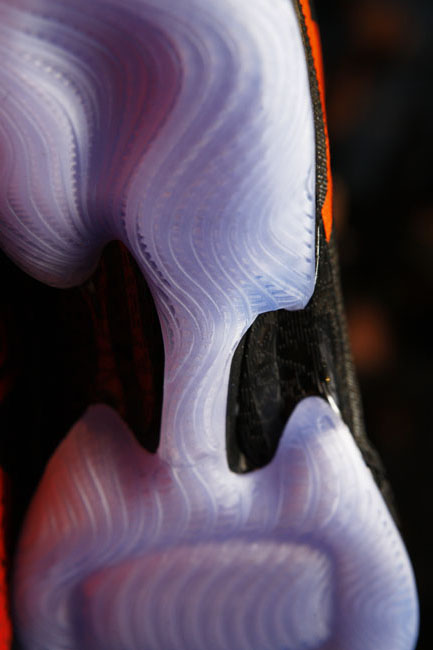 Traction:
Traction:
Unsurprisingly, the court conditions at MJ’s house are pristine. You’d probably be able to cut in a tightly laced pair of Timbs on a court like that. The plaid-like pattern is sticky and secure, but some swiping is necessary - more than was needed on the XX8, under real-world conditions. On the bright side, the pattern has suffered little wear so far in comparrison to last year's, which degraded on me sooner than I would have liked.
Cut:
I found the cut of the Air Jordan XX9 to be much higher than expected. I had anticipated a mid, but found it closer to a high. That’s neither good nor bad though, as the performance woven upper was flexible enough to offer a full range of motion. And thanks to the molded padding found in the ankle, my heel was securely locked down.
Fit and Comfort:
The out-of-the-box playability of the Air Jordan XX9 is second to none. Zero break-in time was necessary for the shoe to feel like an old friend. There’s very little structure to the upper itself, which lends itself to being supremely comfortable. But thanks to the combination of the aforementioned performance woven upper, and reinforcing Flight Web, I found the shoe to be even more stable and reassuring than the XX8. It creates minimal bulk, while being both strong and comfortable.
Overall:
While Nike toils away with technologies like Lunar foam, Dynamic Flywire and Flyknit, that do more for a shoe’s aesthetic than its performance, Jordan Brand is coming through with innovations that actually work. The combination of a performance woven upper and Flight Web offers the advantages that Flyknit and Dynamic Flywire promised, but failed to deliver. The weave offers more structure to the uppers than I’ve found in Nike’s knitted variation. And the Flight Web actually provides dynamic support, unlike Flywire which often floats without even being engaged.
My only real issue with the XX8 was its lack of durability. Multiple pairs failed in multiple areas. Blown-out uppers. Ripped-through outsoles. Every pair I played in sufferd from some issue. Yet I still consider it my favorite shoe I've ever played in. Before I can fully co-sign the XX9, I'll need to spend more time on court, to verify whether or not the shoe can hold up for as long as you'd expect, based on its $225 price.
As long as durability doesn't once again become and issue, it appears that Jordan Brand has another winner on their hands with the Air Jordan XX9. Their latest advancements, combined with a proven breakthrough like Flight Plate, will make the 29th edition of the Air Jordan line a hard shoe to top.
